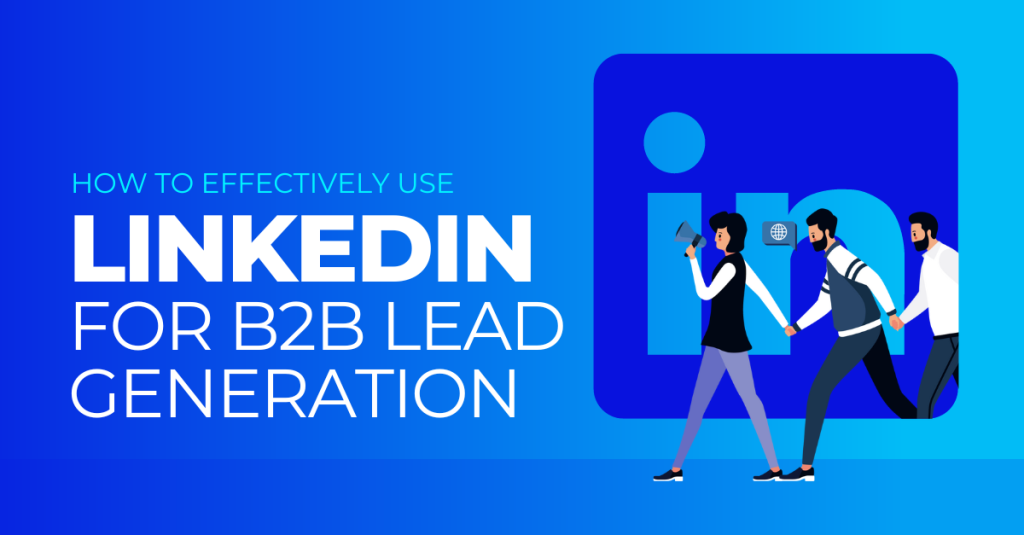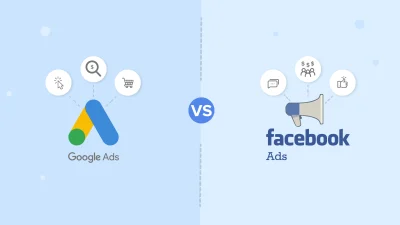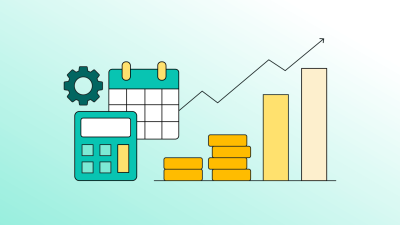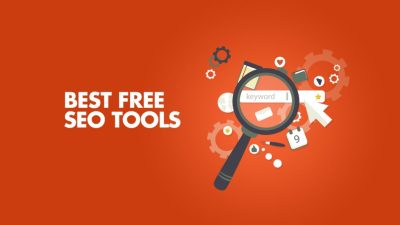Introduction
In the world of B2B marketing, LinkedIn stands out as the most powerful platform for lead generation. With over 1 billion users globally—many of whom are decision-makers, executives, and professionals—LinkedIn offers unmatched opportunities to connect, engage, and convert prospects. Whether you’re a startup founder, a sales executive, or a digital marketer, mastering LinkedIn for B2B Lead Generation can significantly boost your pipeline.
This blog will walk you through a step-by-step guide to using LinkedIn for B2B lead generation, covering everything from profile optimization to advanced outreach strategies.
Why LinkedIn Is Ideal for B2B Lead Generation
1. Professional Audience
LinkedIn is designed for professionals. Unlike other social platforms, users are there to network, learn, and do business. This makes it easier to target decision-makers and influencers in your industry.
2. Advanced Targeting Capabilities
LinkedIn’s search filters and advertising tools allow you to target users by job title, industry, company size, location, and more—making it perfect for B2B segmentation.
3. Content Visibility
LinkedIn’s algorithm favors thought leadership and educational content, giving businesses a chance to build authority and trust with their audience.
Step 1: Optimize Your LinkedIn Profile
Your profile is your digital business card. Before you start generating leads, make sure your profile is polished and professional.
Key Elements to Focus On:
- Profile Photo: Use a high-quality, professional headshot.
- Headline: Go beyond your job title. Include keywords and value propositions (e.g., “Helping SaaS companies scale through custom web development”).
- About Section: Tell your story. Highlight your expertise, achievements, and how you help clients.
- Featured Section: Showcase case studies, blogs, videos, or lead magnets.
- Experience & Skills: Be specific and include relevant keywords for searchability.
Step 2: Define Your Ideal Customer Profile (ICP)
Before you start outreach, define who you’re targeting.
Questions to Ask:
- What industries are they in?
- What job titles do they hold?
- What company size do they work for?
- What problems are they trying to solve?
Use this data to build a clear ICP that guides your content and outreach strategy.
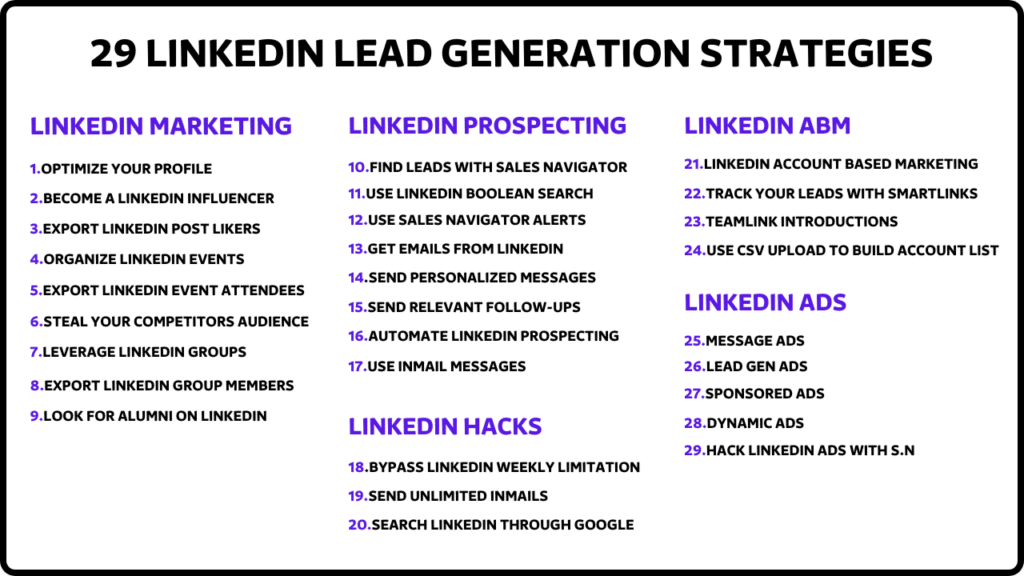
Step 3: Build a Targeted Network
How to Find Prospects:
- Use LinkedIn’s Advanced Search to filter by job title, location, industry, and more.
- Join LinkedIn Groups relevant to your niche.
- Attend LinkedIn Events and webinars to connect with attendees.
Connection Request Tips:
- Personalize your message.
- Mention mutual connections or shared interests.
- Keep it short and value-driven.
Example:
Hi [Name], I noticed we both work in [industry]. I’d love to connect and share insights on [topic].
Step 4: Create Value-Driven Content
Content is the fuel for engagement and trust-building.
Types of Content That Work:
- Thought Leadership Posts: Share insights, trends, and opinions.
- Case Studies: Showcase how you solved a problem for a client.
- How-To Guides: Educate your audience on relevant topics.
- Videos & Carousels: Increase engagement with visual content.
- Polls & Questions: Spark conversations and gather insights.
Posting Tips:
- Be consistent (2–3 times per week).
- Use relevant hashtags.
- Tag people and companies when appropriate.
- Engage with comments to boost visibility.
Step 5: Use LinkedIn Messaging for Outreach
Once you’ve built a connection, use LinkedIn messaging to start conversations.
Outreach Best Practices:
- Avoid hard selling.
- Start with a question or compliment.
- Offer value (e.g., free resource, audit, consultation).
Example Message:
Hi [Name], I saw your post on [topic]—great insights! I recently wrote a guide on [related topic] that might interest you. Would you like me to send it over?
Step 6: Leverage LinkedIn Sales Navigator
For serious lead generation, LinkedIn Sales Navigator is a must-have.
Key Features:
- Advanced lead and account search.
- Real-time updates on prospects.
- CRM integration.
- Lead recommendations.
Sales Navigator helps you find and track high-quality leads with precision.
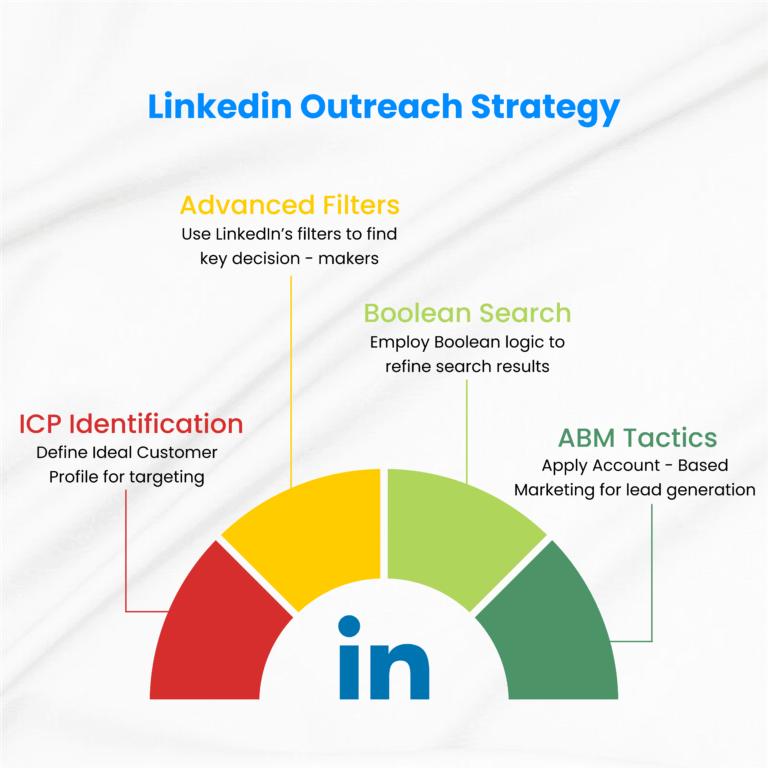
Step 7: Run LinkedIn Ads
If you have the budget, LinkedIn Ads can amplify your reach.
Ad Types for B2B:
- Sponsored Content: Promote posts to a targeted audience.
- Message Ads: Send direct messages to prospects.
- Lead Gen Forms: Capture leads without leaving LinkedIn.
Targeting Tips:
- Use your ICP to define audience segments.
- A/B test different creatives and CTAs.
- Retarget website visitors and engaged users.
Step 8: Use LinkedIn Analytics
Track what’s working and refine your strategy.
Metrics to Monitor:
- Profile views
- Post engagement
- Connection growth
- Message response rates
- Lead conversions
Use these insights to double down on what’s working and improve weak areas.

Step 9: Integrate LinkedIn with Your CRM
To streamline lead management, integrate LinkedIn with your CRM (e.g., HubSpot, Salesforce).
Benefits:
- Track conversations and follow-ups.
- Score and segment leads.
- Automate workflows and reminders.
This ensures no lead falls through the cracks and helps you scale your efforts.
Step 10: Nurture Leads with Follow-Up
Lead generation doesn’t end with a connection or message. You need to nurture leads over time.
Follow-Up Ideas:
- Share relevant content.
- Invite them to webinars or events.
- Offer free consultations or audits.
- Send personalized emails or messages.
Consistency and personalization are key to converting leads into clients.
Common Mistakes to Avoid
- Generic outreach: Always personalize.
- Inconsistent posting: Stay active to remain visible.
- Ignoring analytics: Data drives decisions.
- Hard selling too early: Build trust first.
- Neglecting profile optimization: First impressions matter.
Conclusion
LinkedIn is more than just a networking platform—it’s a powerful engine for B2B lead generation. By optimizing your profile, creating valuable content, engaging with your audience, and using tools like Sales Navigator and LinkedIn Ads, you can build a steady stream of qualified leads.
Start small, stay consistent, and always focus on delivering value. Over time, LinkedIn can become one of your most reliable sources of B2B growth.

